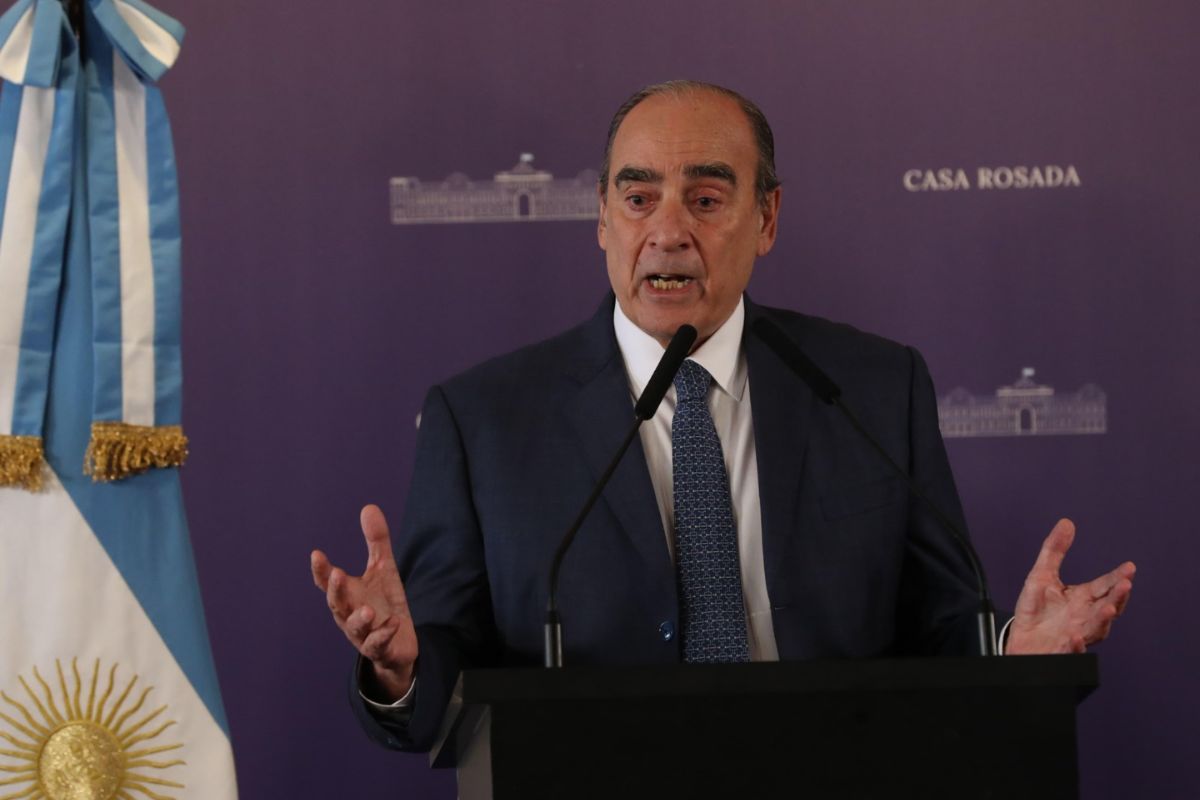She had four children, a full-time job, and was more influential than any other woman of her time. Elizabeth II made history not only as a queen, but also as a woman.
During her reign of more than 70 years, women’s rights flourished in the UK, as in many other countries. But did those changes make Elizabeth II a feminist icon?
“The queen is a supreme feminist. She is the breadwinner of the family. She is the one who appears on our bills and coins, and Prince Philip has to walk behind her,” said actress Olivia Colman, who plays the queen. Netflix series “The Crown”, in an interview years ago.
For Colman, the power that Elizabeth II wielded and the fact that many men, both in her family and in public, had to submit to “His Majesty” in a male-dominated world was proof enough to speak of a feminist. However, there is no consensus on this.
“It would be absurd to portray the queen as a feminist,” said Rachel Cooke, a columnist for the British newspaper “Guardian”, days after the king’s death.
Meanwhile, Lucy Delap, professor of modern British history and gender issues at the University of Cambridge, agrees with Cooke.
As Delap analyzes in an interview with dpa, even though the queen is a working mother and head of state, she is not really a model for a strong woman who is free from limitations, because she is very privileged materially. And she adds: her life circumstances are not comparable to other women.
The teacher comments that it is a mystery to her how the queen thinks about the big question of feminism. There is no record of the queen ever uttering the word feminism. However, there are anecdotes that at least cautiously hint at the possibilities of feminism in Elizabeth II, despite all her political restraints.
In 1998, for example, he insisted on driving then Saudi Arabia’s Crown Prince Abdullah around his estate, driving his own car. The queen must have known that at that time driving was still prohibited for women in Saudi Arabia.
In 2015, she also highlighted in her speech that women “today play a much more important role in public life, based on their own abilities.” The British Institute for Women then celebrated its centenary. During that period, British women gained the right to vote, many climbing Mount Everest and one of them, Margaret Thatcher, became the first woman to serve as British prime minister in 1979, according to the king list.
In her memoirs, 89-year-old Labor journalist and politician Joan Bakewell recalls how she felt as a young woman when the queen ascended the throne in 1952.
“A woman on the throne not much older than us. The atmosphere is relaxed and somehow contemporary, like a turning point for our generation,” wrote Bakewell, now a lifelong member of the House of the Lords. .
Cook points out that the young Elizabeth II was followed by many of the first women in her field, such as Barbara Mandell, the first British news anchor in 1955; Hilda Harding, the first female bank director; or the first woman in the House of Lords.
That Queen Elizabeth II was not a feminist does not mean “that her reign was not a defining milestone on the road to the second wave of feminism,” Cooke said. Journalists refer to women’s struggles in the sixties and seventies for equality at work, in relationships and for sexual self-determination.
The fact that England was ruled by a woman for so long had a powerful impact. However, the queen’s death marked the end of a feminine era that no other era would soon follow. His son Carlos, grandson Guillermo and great-grandson Jorge are natural successors in the royal line. Their wives, like “empresses”, are just friends who, if necessary, go a step behind their husbands.
hubcap

“Web specialist. Incurable twitteraholic. Explorer. Organizer. Internet nerd. Avid student.”

:quality(85)//cloudfront-us-east-1.images.arcpublishing.com/infobae/B27GDAMDXRFOBAOAGCFQW6CWXY.png)




